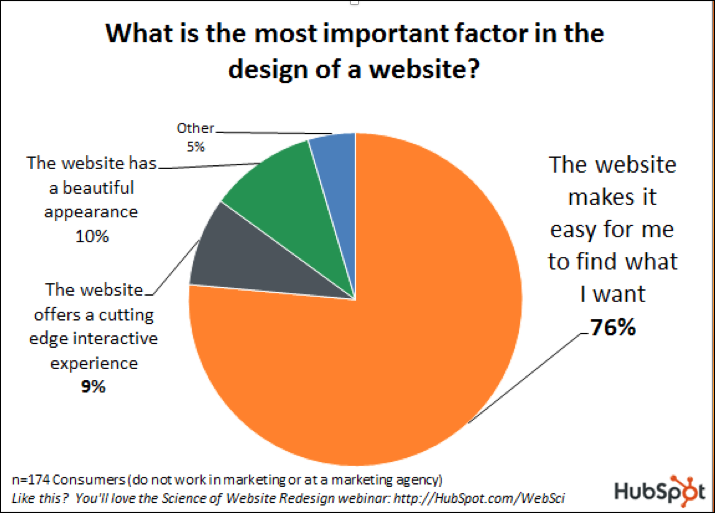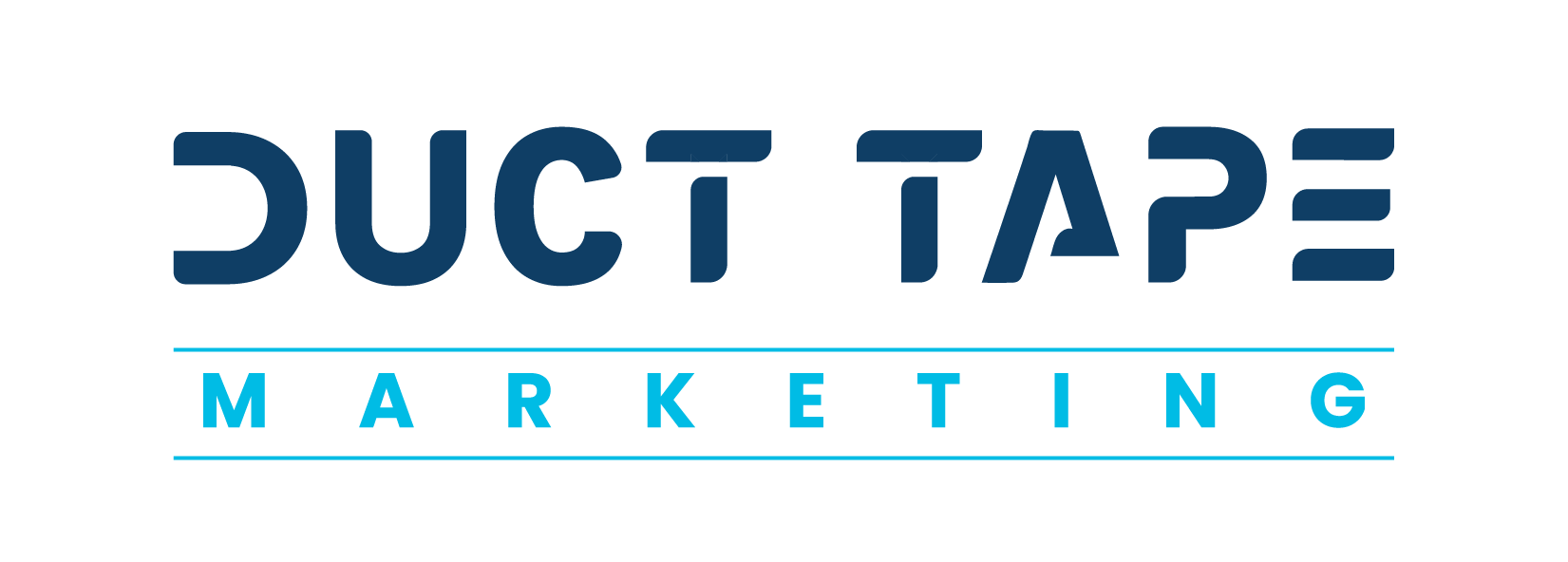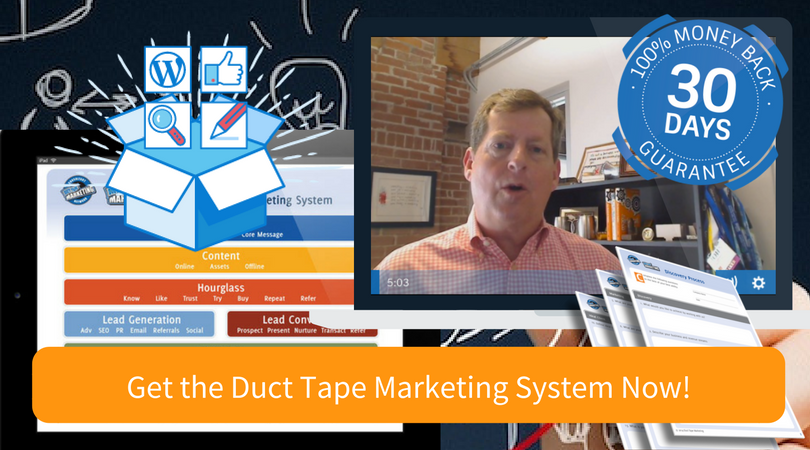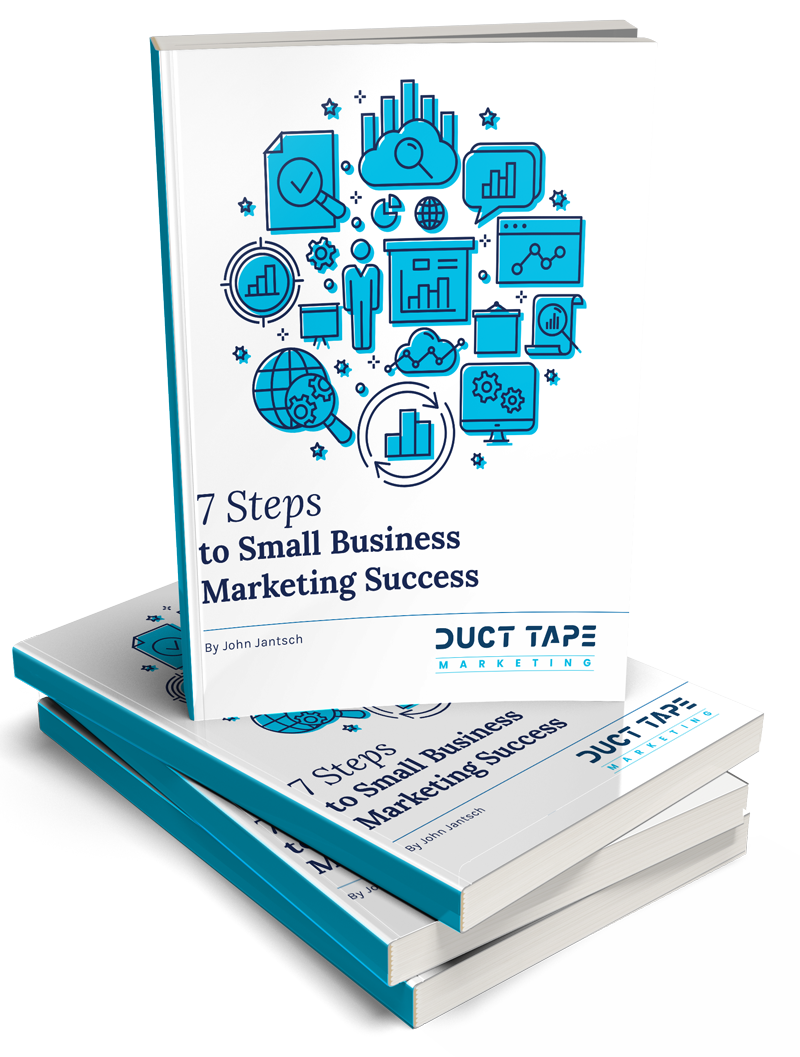In this post – 5 Steps to Restart, Recharge and Revive Your Marketing Right Now! – I introduced an aggressive initiative to help any business owner struggling to stay on plan with their marketing for the year. The idea is to take the midpoint of the year and get a fresh restart.
In post #4 of 5, I introduced – How to Perfect Your Lead Generation Follow-up
Today we tackle Step #5 – How to Turn Leads Into Customers with an Amazing Customer Experience
Why Customer Experience (CX) is in everything
So many people are focused on the changes in marketing and all the new things we have to master and pay attention to.
The fact is the most significant driver of change today isn’t the way marketing is changing, it’s the way buying is changing.
If the customer is indeed now in charge of their buying journey, and I believe this is true, then the most important marketing element still left in our control is the customer experience (Cx) – the way in which prospects and customers experience every aspect of our business.
May I be as bold as to suggest that Customer Experience is everything today.
Now, I realize if I’m going to suggest something so far reaching and universal I’m also going to have to help you expand your vision of what customer service is.
See, for me, the customer is experiencing your business long before you are even aware of their need or interest. The question is, have you considered the impact of every marketing decision in this light?
Even Google rewards you
Many people ask me how to get better rankings in Google, and while I may give more technical answers at times, the simple answer is to create a better customer experience.
Google’s objective, when it comes to search is and always has been to reward businesses that create the best, most relevant, and useful content and make it easy for people to find and consume that content. The only thing that’s changed is Google’s ability to understand what content does just that.
With the introduction of the Knowledge Graph, they’ve taken a pretty big leap towards achieving this objective. (Of course, I know their real objective is to get you and keep you in search results so that you might eventually click on an ad.)
So, producing a better experience with your content is customer experience, but so is paying attention to LSI keywords and writing better meta descriptions. (All of which leads to better search rankings and higher click through in the SERPs)
Heck, you can, and I do make the case, that backlinks are CX. If you think about it, the internal links you create should be focused on creating a better reading experience, not a better link structure. The external resources you link to should be focused on creating a better reading experience, and the backlinks you acquire should come from sites that demonstrate a more valuable customer experience rather than as a way to build domain authority – and Google now rewards for all of this
Guide the journey
It’s time to let go of the notion that your website is simply a tool to inform potential buyers on the products and services you offer – or worse a place to get your phone number.
Your website today is the hub or at the very least, the jumping in point of the customer journey. The job of your website is to lead and guide prospects into an ever deepening journey of awareness, trust, knowledge, insight and eventually conversion.

So your website has to accomplish a great deal, but it’s also one very big piece of the customer experience.
Today, the number one thing a prospect wants from your website is a frictionless path to the information or action they’ve come their to find and take.
Website design should be renamed customer experience design and anyone calling themselves a web designer should possess certifications in SEO and content. (Self-serving comment alert: That’s why it makes so much sense to find and hire a marketing consultant who preaches strategy before tactics.)
Floss with your customers
Okay, so far I’ve been focused on the online elements of the customer experience, but in the end, many businesses make or break their customer relationships through a combination of online and offline touchpoints.
- Think about the hair salon, here’s how this might go.
- I’m looking for a new stylist
- I search and find several nearby
- I click around and like the photos and vibe of one
- Great I can schedule online
- I get calendar invite and reminder day of
- I arrive and am offered beverage (a little early for a beer, but okay!)
- Stylist asks a few questions and notes them in iPad
- Haircut proceeds
- I’m shown a few hair care products right for me
- I’m given a “new customer kit” with coupons and samples
- Upon paying they offer to set up next appointment
- Stylist escorts me to the door and gives me referral and review card
- About three weeks later I get my next appointment reminder
Sounds like a pretty good experience right? Well, it was, and it was obvious someone gave it plenty of thought.
Oh, I almost forget – what’s with the floss heading?
I was working with a group of orthodontists, and I asked them to tell me the most important thing their patients must do to get a great result with their braces – they all said they must floss!
The follow-up question then was – what stops your patients from getting a great result – and the obvious – “they hate to floss.”
So I started urging them and now anyone who will listen to choose a customer about once a quarter and make them a customer experience guinea pig of sorts. Give them an awesome deal of some special treatment in return for their feedback on every element of your business.
- Watch them visit your website
- Ask them to find or do something specific
- Have them keep a journal and respond to every email
- Walk them through the process of becoming a customer in slow motion
- Run everything you do in the name of marketing by them
The first 90
The most tenuous point of any relationship is the beginning. See, when someone becomes a customer, the relationship immediately changes. Before everything was sweet and promising but now they’ve exchanged money for something in return, and this is when things can start downhill.
You must look at your customer’s first 90 days as your customer as a trial period where your entire goal is to construct the type of experience that can only turn them into a raving fan. (90 is an arbitrary number, but you get it.)
It’s not that hard because few do it, but it certainly takes thought and commitment to processes and a culture of accountability.
- What happens when they say yes?
- How are they oriented?
- What do they need to know?
- How can you over communicate?
- How will you surprise them?
- What do all your packages look like? (a package can be physical or conceptual)
- How will you communicate progress or results?
- How will you deliver bad news?
Continuous optimization
Creating a great experience is more of a guess than science – but what it does have in common with science is you need to build your experience as an experiment, with a hypothesis, and a plan to test and revise based on results.
A great customer experience comes from a commitment to continuously optimizing every element of the journey – this takes paying close attention, measuring, asking for feedback and applying what you see and hear – but more than anything else this takes care or maybe caring.
Organizations that deliver the best customer experience do so because they care about helping the people they serve. (I don’t know yet how to teach that one)
Turn it to 11
There’s a scene from a Rob Reiner’s classic mockumentary This is Spinal Tap in which guitarist Nigel explains his amp goes up to 11 so they have the little extra when they need it
That’s how I would like you to think about the entire process and journey we’ve gone on these last five days – ReStart Your Marketing and let’s turn it up to 11.




